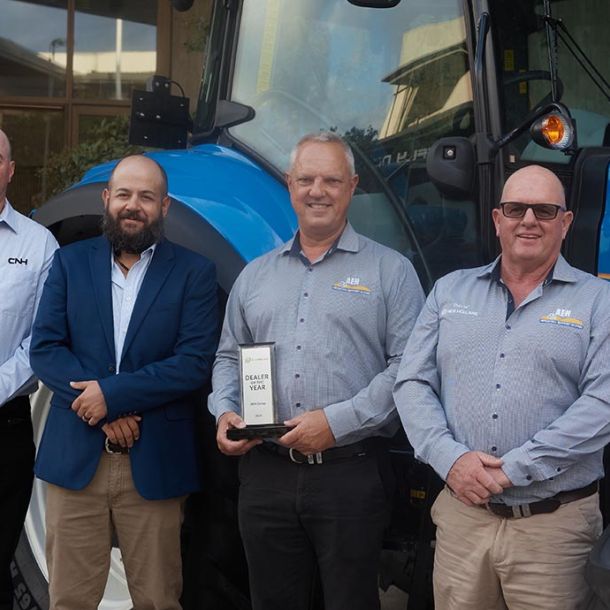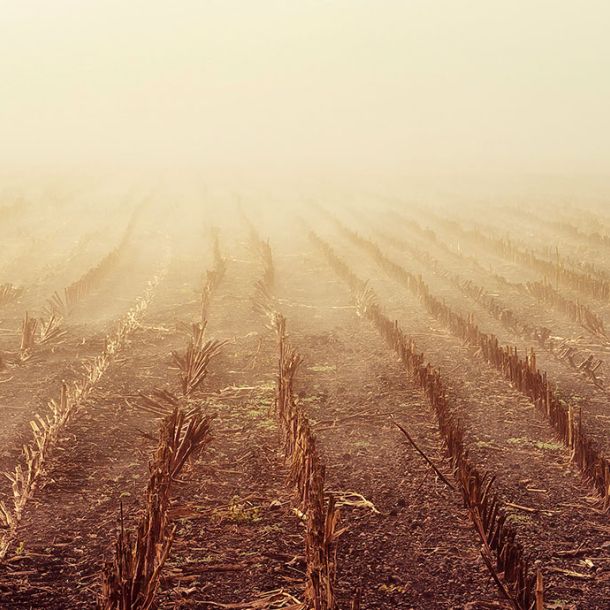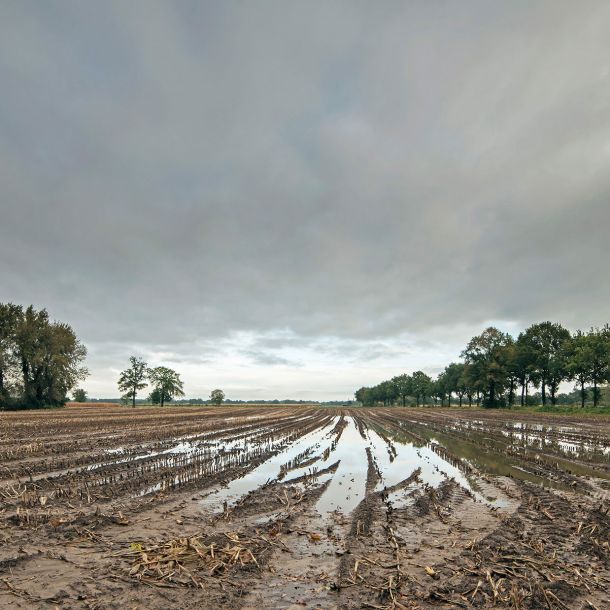6 Things I Wish I’d Known Before Buying a Compact Disc
In the tillage equipment industry, there are lots of options for farmers. And because tillage equipment is an investment that impacts the rest of their operation, farmers tend to do a lot of research before they make a purchase. This is a good thing! We talk to farmers every day about equipment specs, field applications, design, and a thousand other topics. We want the farmers we talk with to have the best information possible about our equipment and the competitive tillage equipment market, so they can feel confident when they make the decision to buy from K-Line Ag.
But we also hear a lot of stories from farmers who switch to K-Line Ag from other tiller lines. Inevitably, they start the conversation with “I wish I’d have known…” So, we’ve gathered the wisdom of thousands of farmer-driven conversations into this single resource, this “I wish I would have known…” guide to buying a compact disc.
1. Ask for a Field Demo
It’s easy to talk the talk, but you want a machine that will do what the salespeople tell you it will do. That said, ask for a field demo before you buy. Run it through its paces. See it on the ground, doing the things it’s supposed to do. Watch for bounce. Watch for stubble incorporation. Look for clumping. Test disc penetration depths. And trust your gut. If the marketing doesn’t match the performance, look elsewhere.
2. Think About Transport Width
Tillage machines are getting bigger and heavier in response to the increased use and availability of high-horsepower tractors. But while it’s good to have a wide footprint in the paddock, don’t forget that implement needs to have nice road manners – crossing bridges, meeting traffic, and ducking overheads without hogging the road. We’ve heard of way too many farmers who forgot about machine dimensions when purchasing their tillage equipment, and found the machine was too wide to access certain paddocks, or cross bridges on country roads. Talk about buyers’ remorse!
3. Focus on Functionality
Nothing on a farm is ever static, even the paddocks. Conditions are constantly changing, crops are in rotation, and the weather can make a nice easy field into a sticky mess in no time flat. Having a tillage machine that gives you the ability to maintain function across changing field conditions is essential. This is one of the top decision-makers for many farmers who choose a K-Line Ag Speedtiller®. The farmer-driven design of our DUAL MODE OPERATION means operators can control disc depth, addressing issues of ground penetration, eliminating machine bounce, and varying roller packing as needed.
4. Go for a Versatility and Efficiency Double Whammy
You’re buying a compact disc because you’re looking for versatility in your paddocks and efficiency in your entire operation. To make sure you’re getting the most machine for the money, make sure it’s able to check all the boxes:
-
Weed ControlThe discing action has to be sufficient to disrupt weed germination cycles, expose weed roots, and help manage weeds in combination with your chosen herbicide plan
-
Stubble IncorporationThe discs should effectively size and distribute crop residues across the machine’s footprint and into the top layers of soil
-
Fertilizer or Manure IncorporationThe disc can effectively handle and disseminate spread fertilizers, and can size and distribute broadcasted manure applications evenly and without clumping
-
Single-pass FinishingThe finishing roller gang needs to create a seedbed ready to seed into. It should both smooth the disruptions produced by the discs, and prepare the soil adequately for immediate direct seeding.
If a machine doesn’t have satisfactory performance on these key features, it means you’re sacrificing either versatility or efficiency – or both!
5. Minimise Maintenance
Maintenance on tillage equipment isn’t usually a main buying consideration, but there’s a definite cost of ownership involved with machinery, and a compact disc is no exception. Servicing bearings and replacing discs constitute most of the time and expense. Choosing a piece of equipment that maximises your usable hours while minimising your maintenance windows can create noticeable efficiency improvements for time-sensitive tillage work.
Bearing breakdown, either due to broken seals or worn components, can stop a machine in its tracks. K-Line Ag discs feature a labyrinth-style, multi-seal bearing housing designed to be “bulletproof” in strenuous field conditions. It is the heaviest designed bearing on the market, which allows the machine to work longer between scheduled maintenance stops.
The same extended working time is the driving force behind K-Line’s large 24” discs. These discs provide an added 4” of wear, allowing for more time in the paddock and less time in the shed changing discs.
6. Don’t Settle for What’s on the Surface
Just like you look under the bonnet of anything with an engine, it’s a good idea to look under the soil’s surface to judge the performance of a compact disc. Agronomists warn tillage users to be wary of below-surface ridging. This is where misaligned disc blades can bypass lines of soil and create strips of compaction below the soil.
In order to get better control of your sub-soil quality and combat subsurface compaction, K-Line Ag has designed a QUICK-ADJUST LATERAL DISC POSITIONING system. This lets operators quickly and easily adjust the alignment between the disc gangs. This eliminates ridging, reduces disc wear, and eliminates bounce on planting and seeding equipment.
While you can’t know everything there is to know about compact discs, it’s good to have some insight into the questions to ask and the product differentiators to look for. You’ll end up a happier, better informed buyer in the long run.



